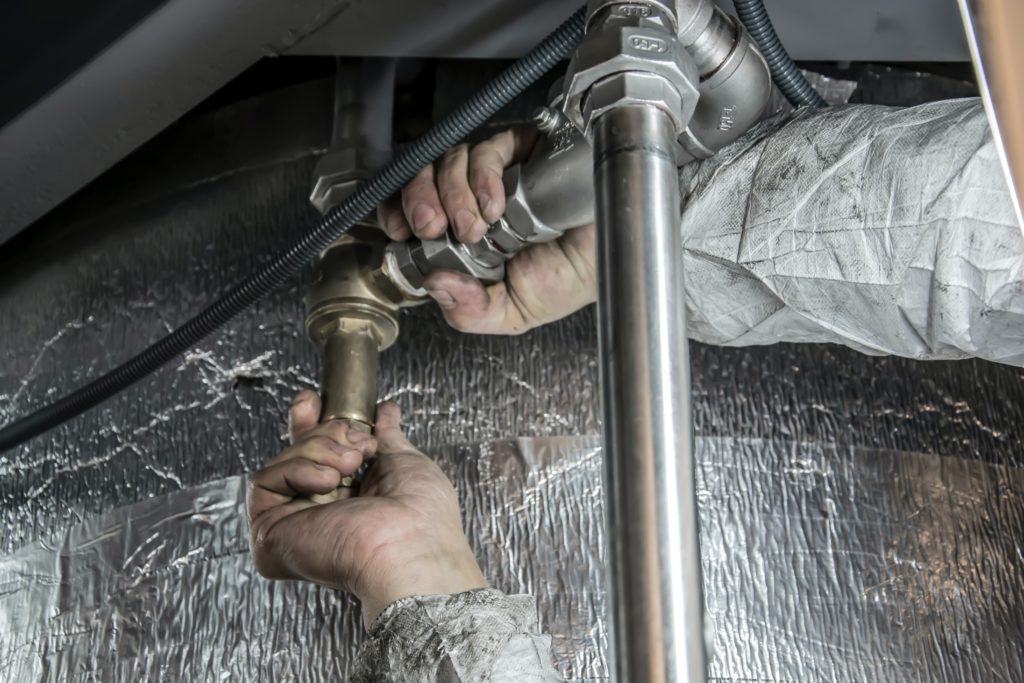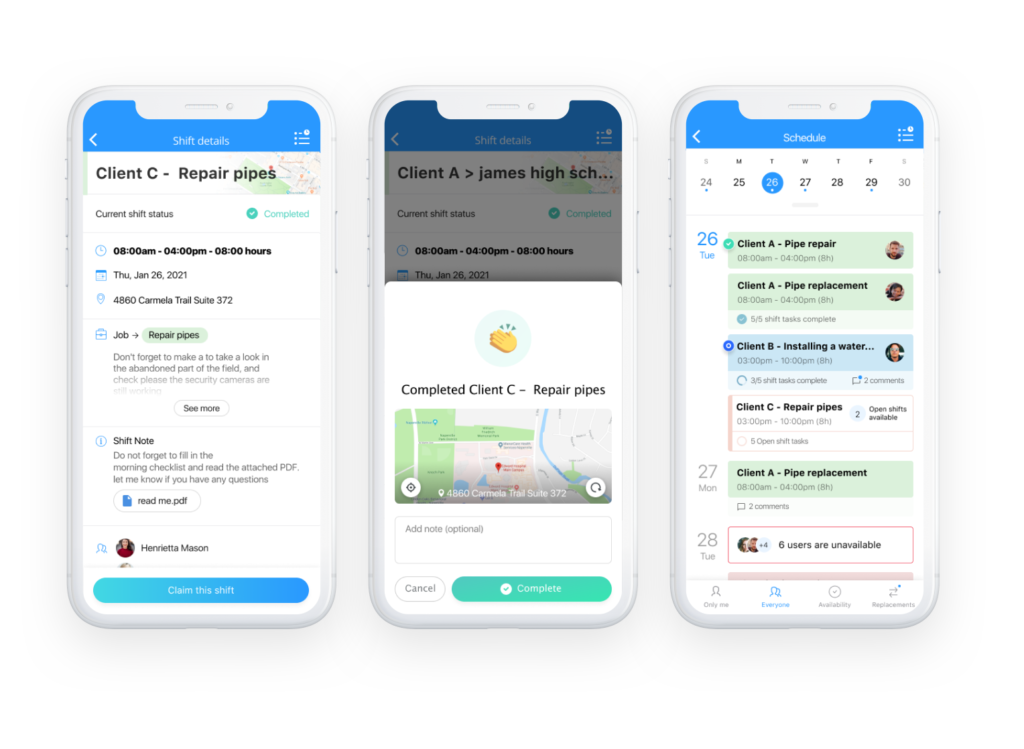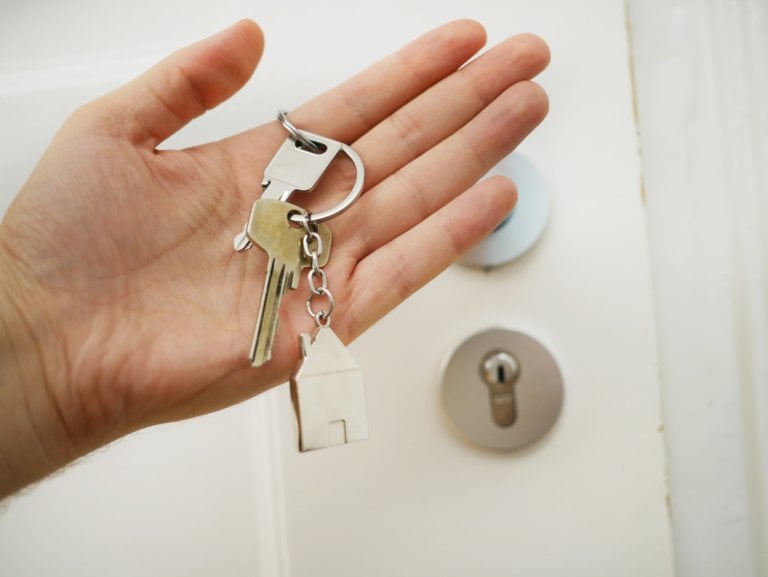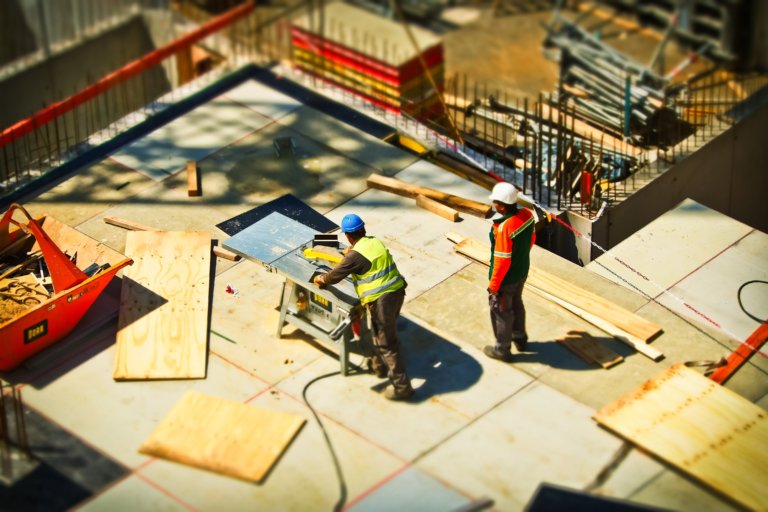Need to learn how to better price your plumbing jobs? This article is for you! We go through 5 easy steps to better price your plumbing jobs!
Need to learn how to better price your plumbing jobs? This article is for you. We go through a pricing plumbing work guide in 5 easy steps so that you can estimate the worth of your work more accurately.
The Bureau of Labor Statistics reported that the employment of plumbers, pipefitters, and steamfitters is projected to grow 16 percent from 2016 to 2026. That means there is a good chance for you to scale your business if you find the right strategy to win over more orders.
In the plumbing business, time is money. That’s why having the ability to accurately forecast the time and efforts needed for the job is very important to give customers an appropriate quote that will secure the job and bring a good profit.
Estimates are golden when you work in the plumbing industry for two reasons. One, they paint a clear picture to the customer of what the plumbing job will cost. And two, an accurate plumbing estimate offers an outline of how you can land the job over the competition.
Whether you’re a master plumber, a journeyman plumber, or just starting out, a pricing plumbing work guide can help you win the gig each time. Read on to learn proper procedures and tips on plumbing estimations.
Win More Gigs & Track Your Hours Precisely With A Plumbing Mobile Software
Plumbing Estimates: The Basics
Set the tone when meeting clients for the first time by offering them a plumbing estimate with all the details needed to hire your company. A thorough and clear outline of the plumbing estimates can help you land the job!
Cost estimation is a critical stage of a project in any industry that requires field work, so invoicing a plumbing business is no different than a construction job estimation. While you can offer a verbal estimate, a written plumbing estimate helps make your business look more professional. Check the average estimations range in your local area and create the outline ahead of time so that it’s easy to plug in the information, plus the consistency is helpful for you and your potential clients. Cover the following points in your plumbing estimates:
- Contact information
- Summary of the project
- Materials list
- Cost estimate
- Permits required
- Your insurance and licensure details
- Work guarantee
If there are additional points, you would like to add, go for it. Even adding a well-designed cover page can do the trick.
Set Your Rates
A plumbing professional’s biggest decision is whether to offer a flat rate or hourly service to their clients. If you’re not sure which is best for you, the following will help shed some light on the matter:
Plumber Hourly Rates
When facing a large job, most plumbers charge an hourly rate. The rate varies greatly, especially depending on where you’re looking. This can range from $45 to $200 per hour, and the most common hourly charge is usually about $85 per hour.
On average, plumbers may also charge a one-time service fee or inspection fee – such as arriving at the client’s home to look at the work required. This can range from $50 to $100 and is usually added to the final cost.
The national average hourly rate for all plumbing positions is $25.69.
Flat Fee
As part of their plumbing labor price list, most plumbers may charge a flat fee for smaller jobs on top of hourly charges. These jobs have an additional fee of $50 to $100 for inspection or as a service call. However, a plumber may waive the fee if proceeding with a larger job.
Example flat fees that should be part of your plumbing labor price list:
- Drain cleaning: ranges from $100 to $300 – drain cleaning is usually performed with a mechanical plumbing snake.
- Main water line installation: ranges from $1,500 to $2,000 – this is for a 6-foot copper water line.
- Appliance installation: ranges from $200 – $600 – however, installing kitchen appliances as a dedicated service could cost $75 – $100 if all the plumbing and electrical work are set up.
- Leak repair: a plumbing repair usually starts at $200 and goes up depending on how severe the leak is, if it’s difficult to access, and if the pipes should be replaced – a major leak can cost thousands.
- Piping Installation: depending on how complex the project is, these are the usual costs:
- A standard bathroom (40 sq.ft.) pipe installation can take 45 hours and ranges between $3,500 and $5,000.
- A standard kitchen (100 sq.ft.) can take 60 hours and ranges between $5,000 and $6,000 – as it’s a larger size and is a more complex task.
- Piping materials easily add on another $1,000 – $5,000. Inspection fees can range from $50 to $100. And if any existing piping needs to be removed, then that’s an extra $1,000 to $3,000.
- Sump pump installation: sump pumps to move water away from a building foundation can cost $1,000 to $3,000, not including the sump pump. An average cost of a sump pump is $100 to $400.
- Water heater installation: to avoid an explosion or water damage, a water heater must be properly installed. Therefore, you must hire a licensed plumber for safety reasons. A professional water heater installation can cost around $800 to $1,500, just for the labor. A water heater itself ranges from $500 to $1,500 for an electric water heater, or a gas water heater costs between $300 to $800.

Factor in Additional Expenses into your Plumbing Labor Price List
Basic materials, fixtures, and so on are simple factors to include in a plumbing estimate. However, your client probably hasn’t considered the expenses we’ve outlined below. If your clients expect to pay one amount and are presented with an even pricier amount at a later date, they won’t be very happy about it. Sometimes forgetting these in an estimate can even cost you big time because your client may decide they can’t afford to cover the additional expense. So cover all your bases and remember these additional expenses.
- On-site dumpsters and removal of debris
You may be responsible for disposing garbage if there’s no on-site dumpster and haul-away.
- Correction of existing plumbing code violations
When working on projects with older or neglected properties, this is very common. It is crucial you factor in the additional expense, calculate any required profit on the plumbing project, and communicate any adjustments to the client.
- Protection of the homeowner’s property
Consider this, a burst pipe in the living room damages the floor while you’re almost done completing a job in the kitchen – are you responsible for this expense? Include a temporary protection exclusion that makes it crystal clear you are only responsible for the specific job(s) and work area(s).
- Removal or replacement of deteriorated piping
When working in older homes, you typically find old, galvanized metal piping. So when you’re working a job, and you need to update with PVC, make sure you’ve prepared to recommend that change to the client, but ensure you price out materials and calculate additional labor costs beforehand.
Consider the following when factoring in additional expenses:
Below we share a few more tasks you may need to account for, as plumbing jobs don’t always pan out the same way twice.
- Before drilling or cutting, X-ray floors or walls.
- Provision of backflow prevention devices when required.
- Open, repair, or replace walls or ceilings before completing work.
- The time required to shut down, drain and refill water piping, etc.
Now that you know your pricing options and additional expenses, we look at the specifics of how to estimate plumbing works.
Digitize All Work Documentation For Accurate Accounting & Payroll
Extensive manual paperwork is not only the most annoying and time-consuming portion of running a small business. It is also the most prone to errors, the “Achilles’ heel” of any operation.
Errors in tracking hours or calculating paychecks can put a huge damper on your revenue. So by switching from the “old-school” manual time tracking and task management to modern plumbing staff management software, you’re saving both time AND money while also getting additional features and benefits.
- Track work hours easily & precisely
Clocking in and out from smartphones, excluding breaks from the paid time, and collecting locations on your technicians with GPS stamps when they’ve started work, are all helpful ways to avoid buddy punching and time abuse. Also, it’s worth looking out for time-tracking solutions that automatically integrate with payroll software for 100% accurate payroll, as Connecteam does with QuickBooks Online and Gusto.
- Track employees while on-the-go
Live geo-tracking with Breadcrumb capabilities allows you to track employees throughout the day, even while on the go, providing managers with oversight on where employees are during the workday. It has little effect on an employee’s battery life and data plan. You can even play a short animated video that connects the Breadcrumbs together and creates the route that was taken.
- Schedule jobs and dispatch shifts in minutes
A mobile app allows you to dispatch jobs or set recurring shifts, plus all employees have direct access to their upcoming schedule via their smartphone.
- Automate day-to-day processes
Transform all checklists, forms, and reports to digital so that your employees can fill them at any time from anywhere. With the click of a button, you can gain feedback from summary reports, daily logs, incident reports, equipment checklists, and much more.
- Create your professional knowledgebase
Make all the useful information from installation tutorials, equipment manuals, safety policies, and checklists available on your employee’s smartphone. This can include training and onboarding materials, procedures, protocols, videos, and so on. This allows employees to build their professional skills at a pace that suits them.
- Streamline communication with your employees or allies
Keep everyone on the same page by starting a chat or group chat so your employees are aware of updates and important announcements.
- Get things done faster & better
Delegating jobs and checking the progress should be quick and easy. Forget about chasing your team and the back and forth hustle, by dispatching tasks through the task management app.

Save Time & Earn More With The #1 Plumbing Software – Connecteam
14-day free trial, no credit card required.
A Pricing Plumbing Work Guide in 5 Easy Steps!
Work backward to determine your hourly base rate
To offer a quote, work backward from your desired weekly take-home. If you want to take home $800 a week on a 40-hour workweek, then there are a few things you need to keep in mind. For starters, you’ll lose around 30% (12 hours) of billable productivity due to driving, handling admin tasks, and so on. Therefore, you’re left with 28 hours per week of productive time.
As a result, $800 per week is divided by 28 billable hours = $28.57; that number is the minimum you should charge per hour. But, don’t forget, you have to add in money for taxes, vacation, insurance, pension, etc. (this is known as ‘labor burden’), so round up the hourly charge to $40 per hour.
Calculate your overhead and profit margin
Calculating your overhead is key in our pricing plumbing work guide – that’s what it costs to keep your truck out on the road, the lights on, marketing, etc. Add that all up and then add on about 30% ($40 x 30% = $12), which brings you to a net of $52 per hour that you need to just break even on expenses and your weekly wage. But hey, you also want to profit, so…
Let’s say your ideal profit is 25% after everything is said and done. Calculate 25% of your total hourly rate ($52 x 25% = $13) and then add that to the top-line to arrive at a net billable hourly rate of $65. And that is a reasonable and fair number!
Gather all your costs to bid on a job
Find out the exact material costs, plus taxes, and add in any required permits, subcontracting, or extraordinary expenses we outlined above. Let’s say all this comes out to a total of $850.
Figure out your total labor hours
Now you need to determine the total amount of labor hours you’ll need in order to complete the job; for this example, let’s say it’s 10. We need to multiply this by your hourly rate, so for our example, that’s $65 or $650 for the job.
Add it all up
Add 1 ($850) and 2 ($650) together and that’s your quote: $1,500 + taxes.
This will give you enough to buy the required materials, including taxes, the wage you want to take home every week, to cover overhead, and earn a net profit!
By following this simple formula, communicating with your customers, and staying prepared, you will put yourself ahead of the competition and ensure a solid client base.
Bottom Line On Plumbing Estimations
Plumers cost, and it’s important to know that so you’re not undervaluing your work. The 5 steps of our pricing plumbing work guide, including a plumbing labor price list, should help cover all bases.
Time is money for plumbing companies, so you should have a robust and easy-to-use tool to save time on manual paperwork, avoid errors in your plumbing estimations, and win over more plumbing jobs!
Just like the necessary tools that you use in your plumbing work, a mobile app for plumbing businesses is a necessary tool. It will help you get things done faster and better, and charge your customers fairly, without risking your profits because of organizational errors.
The Best Plumbing Business App – Connecteam
14-day free trial, no credit card required.




